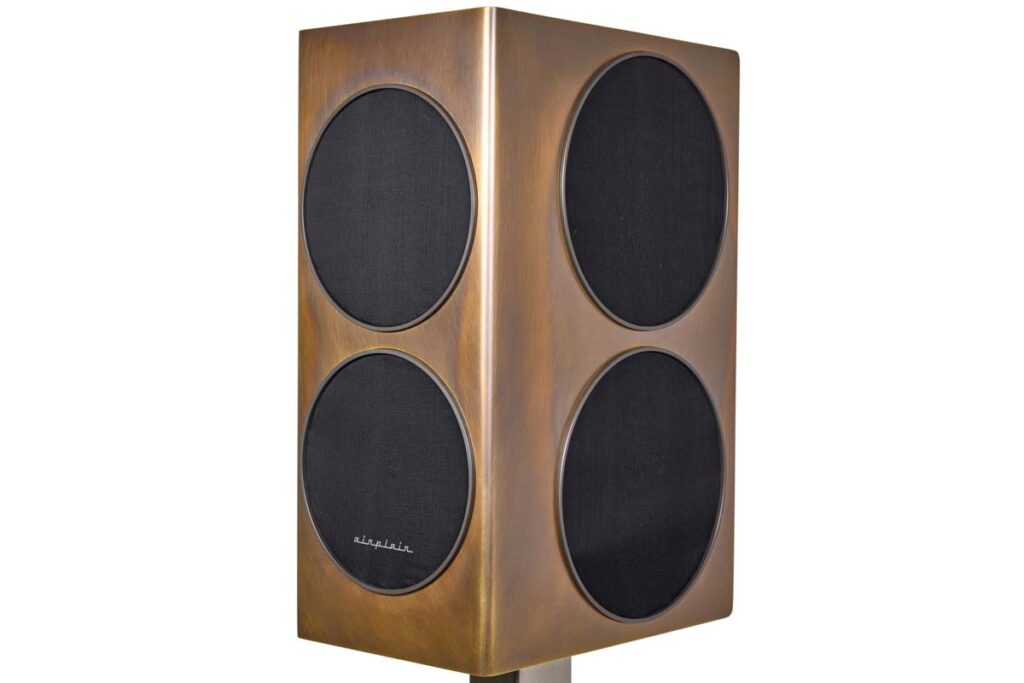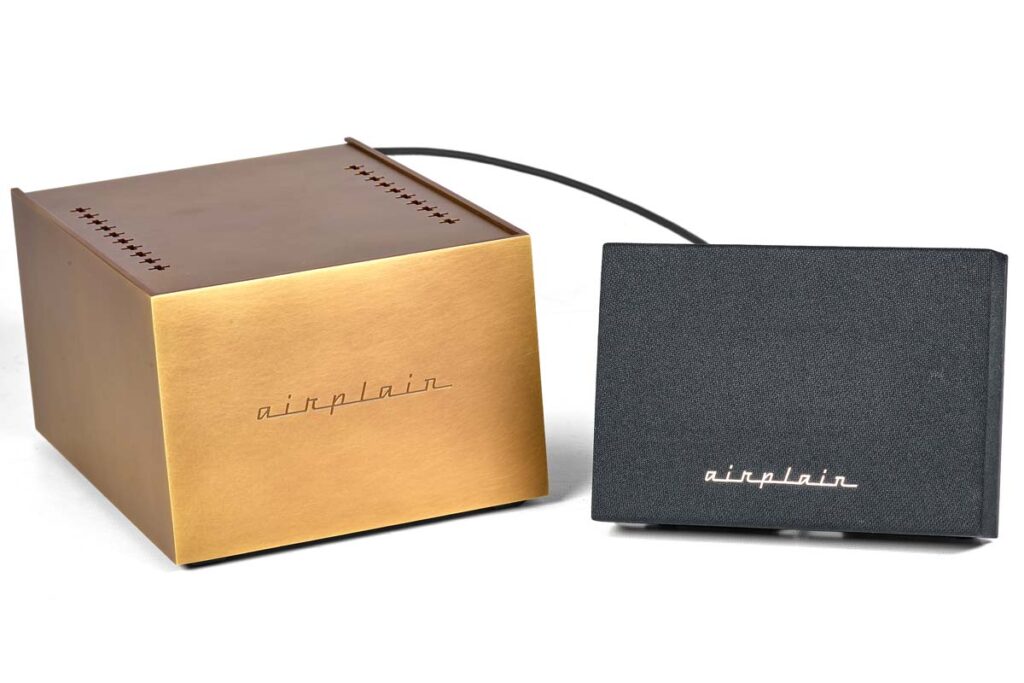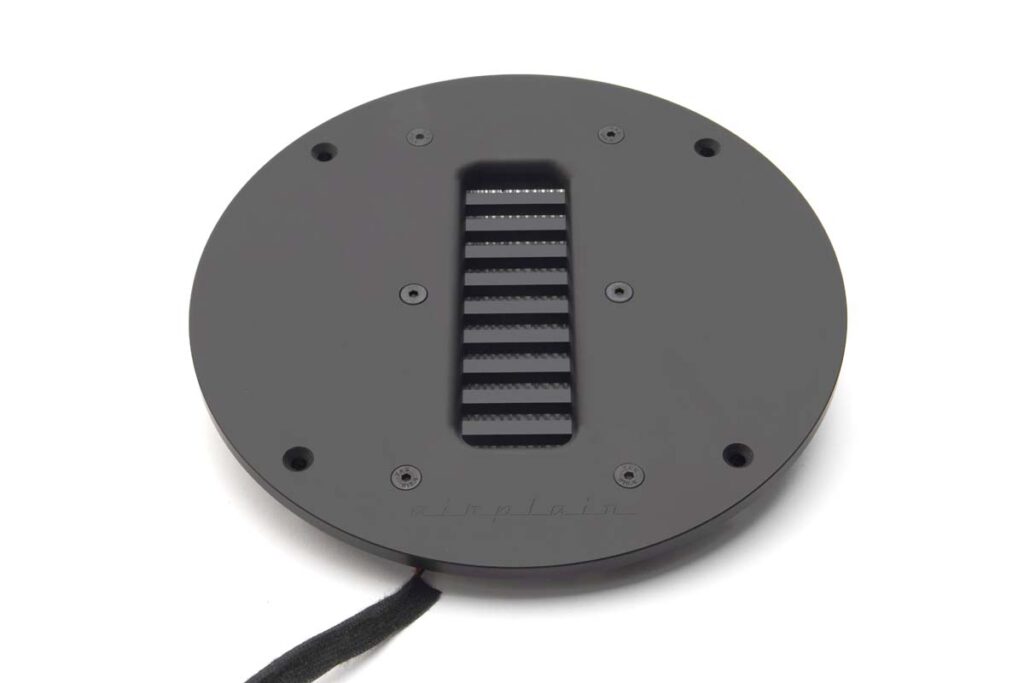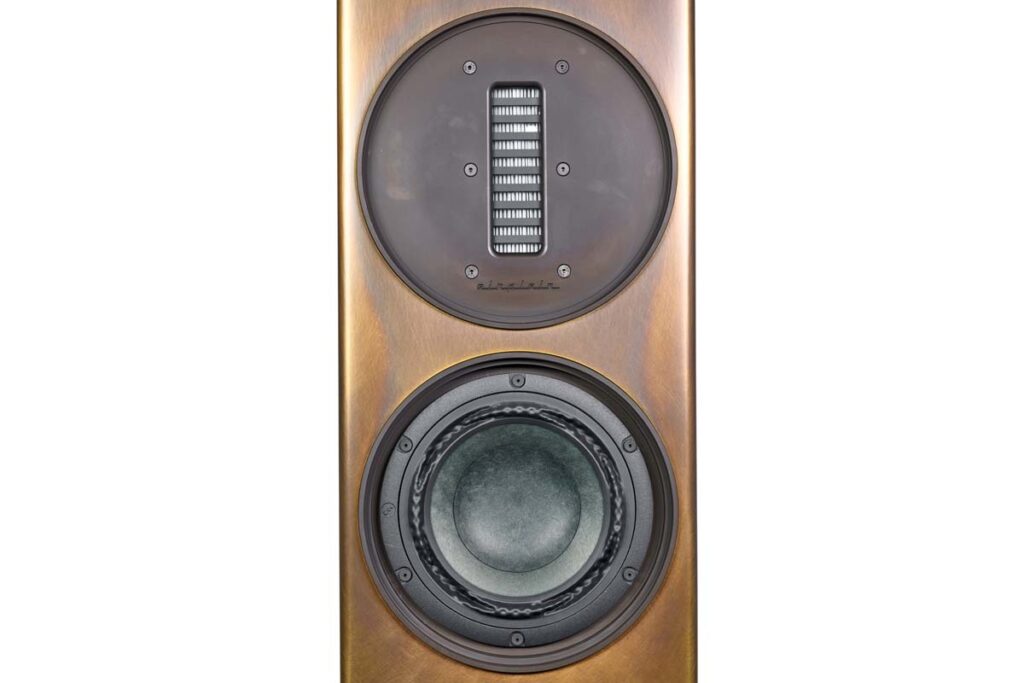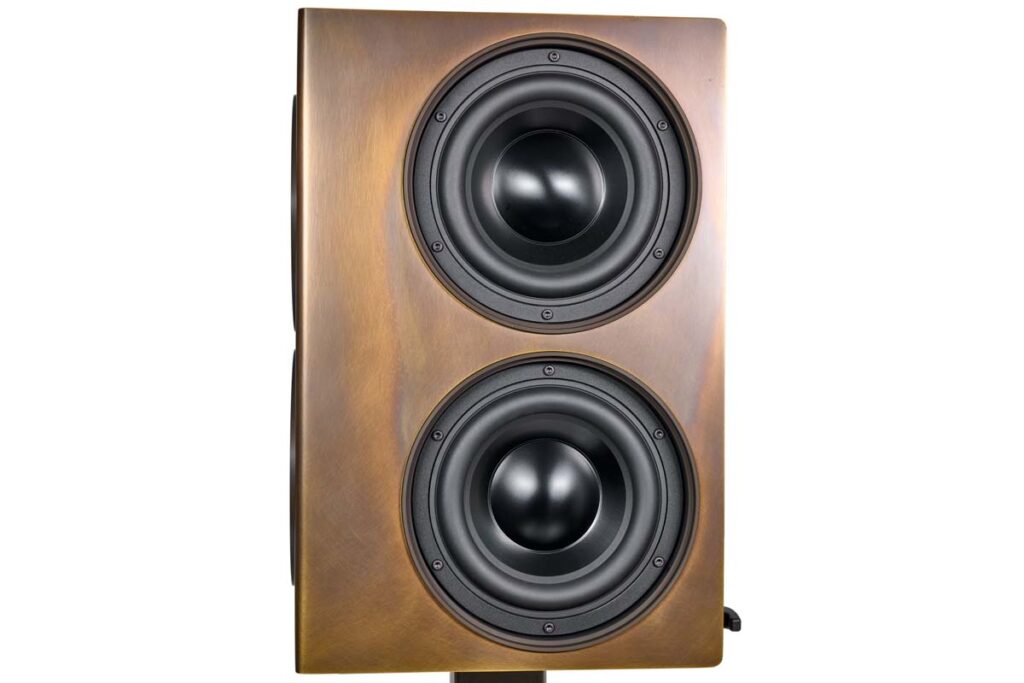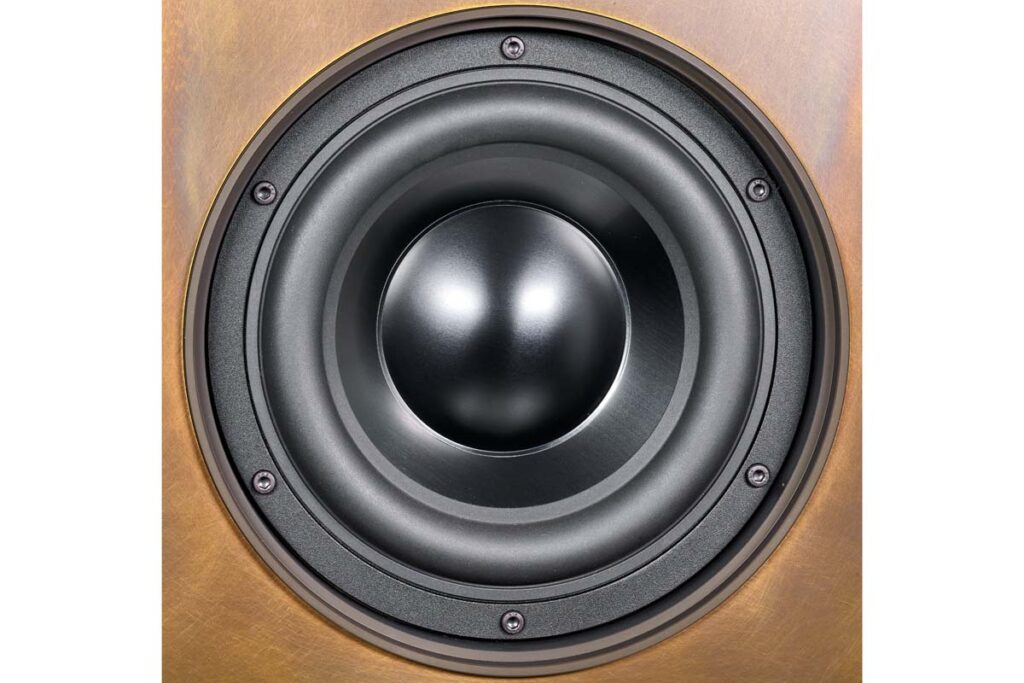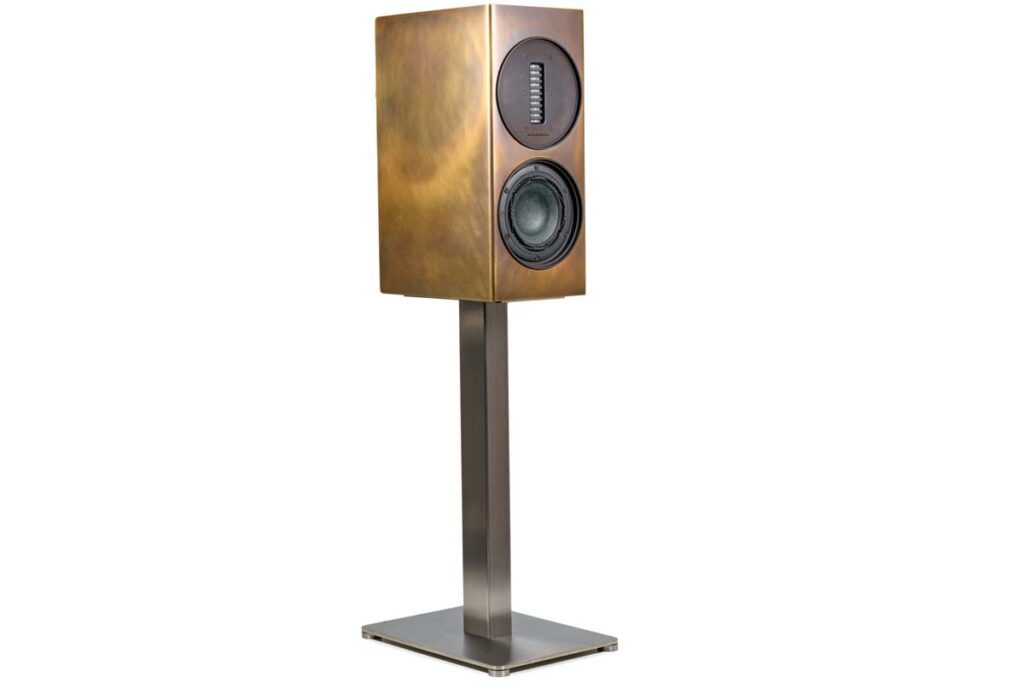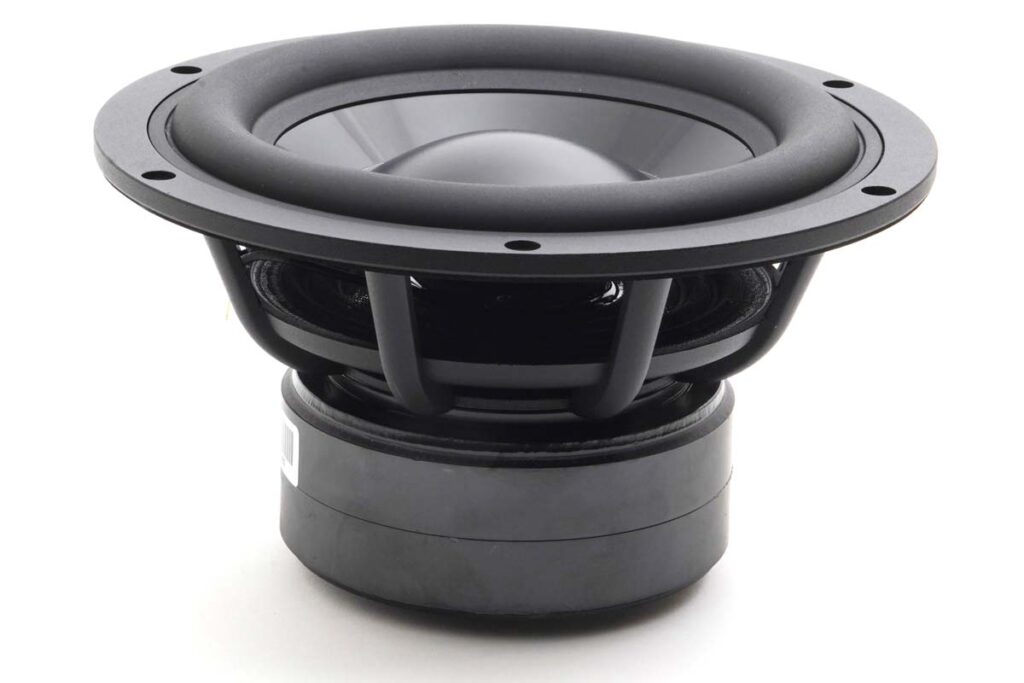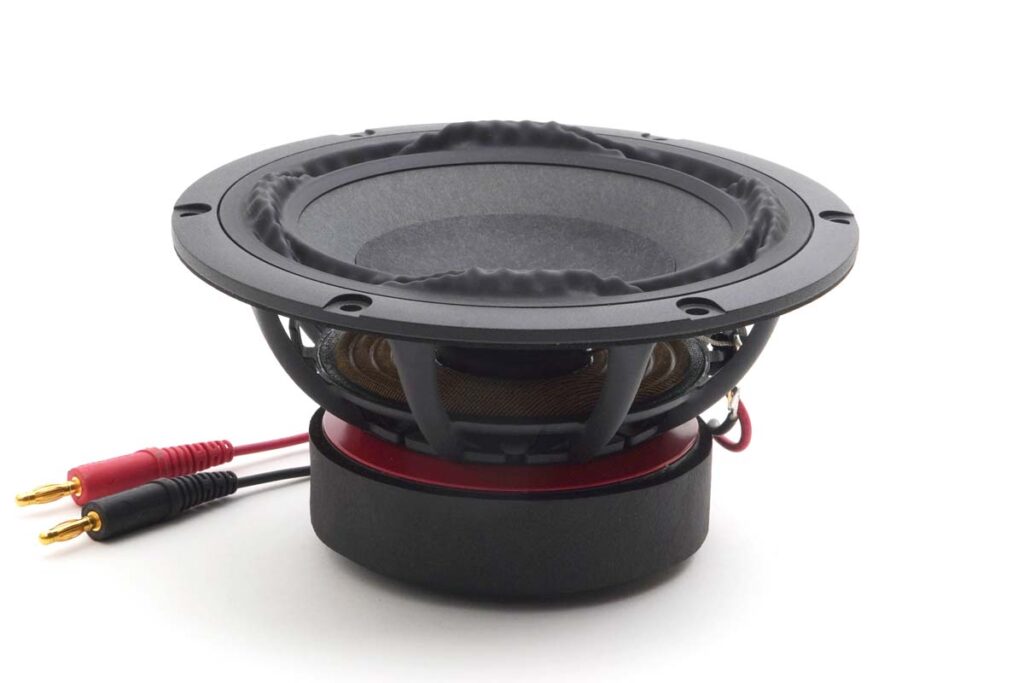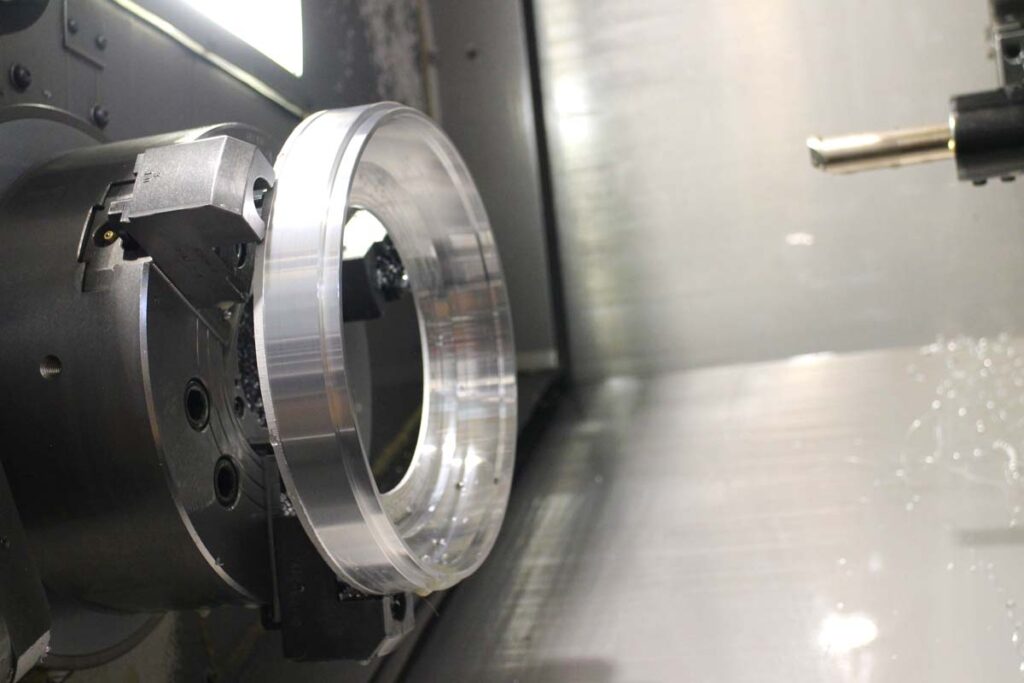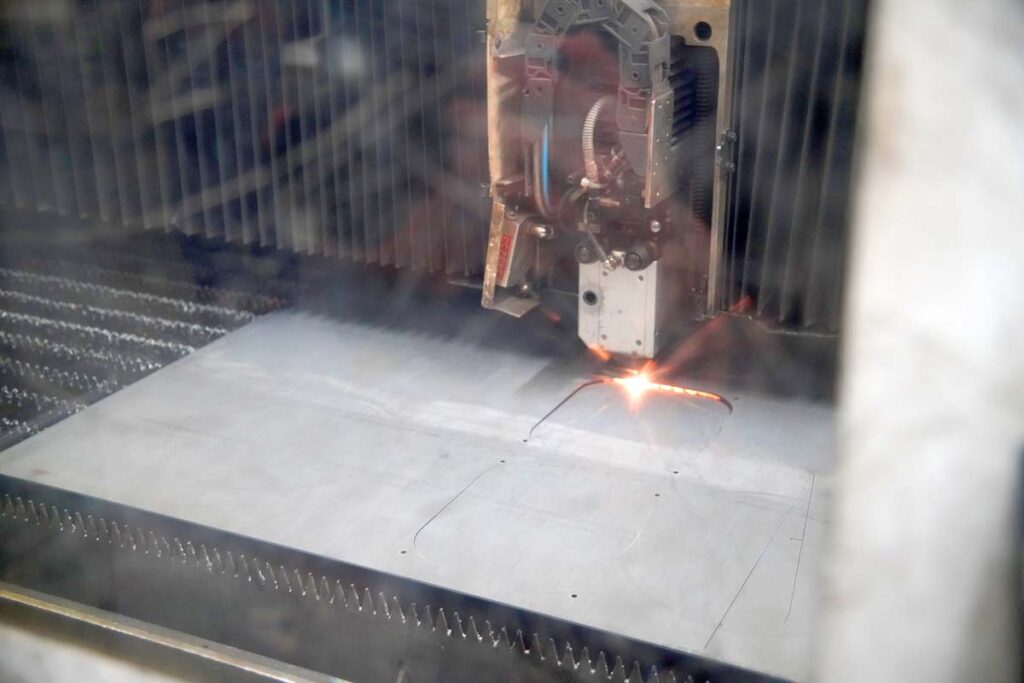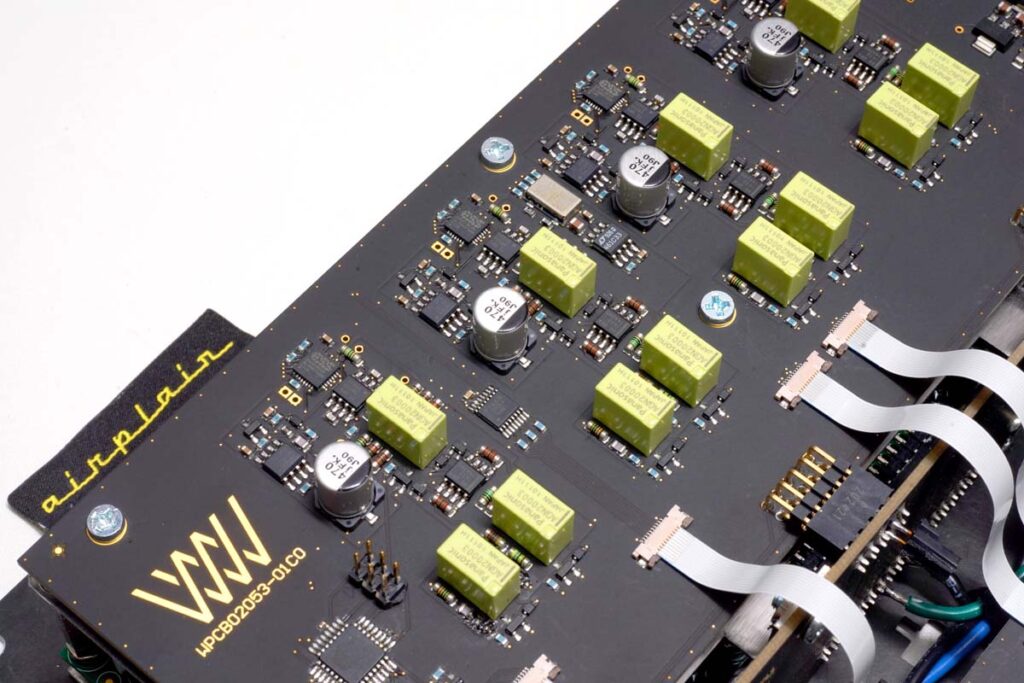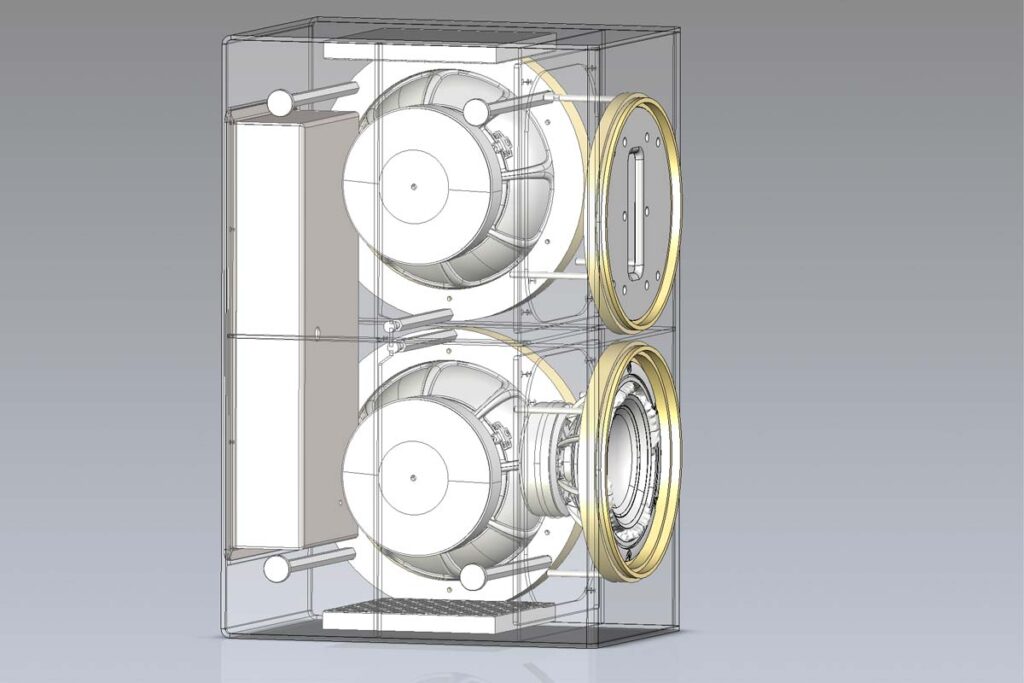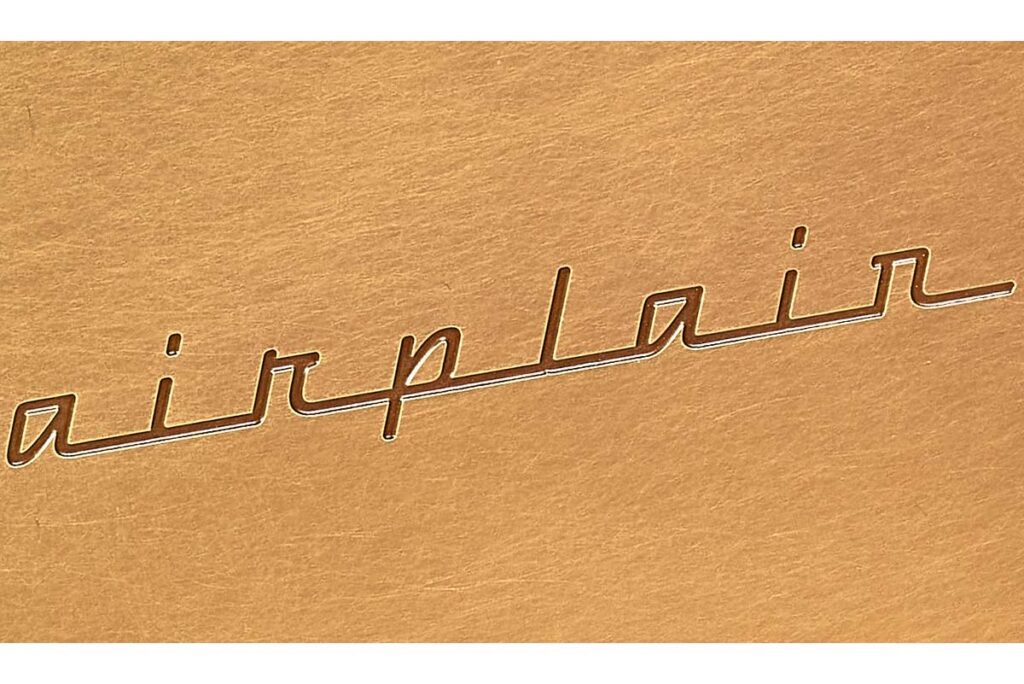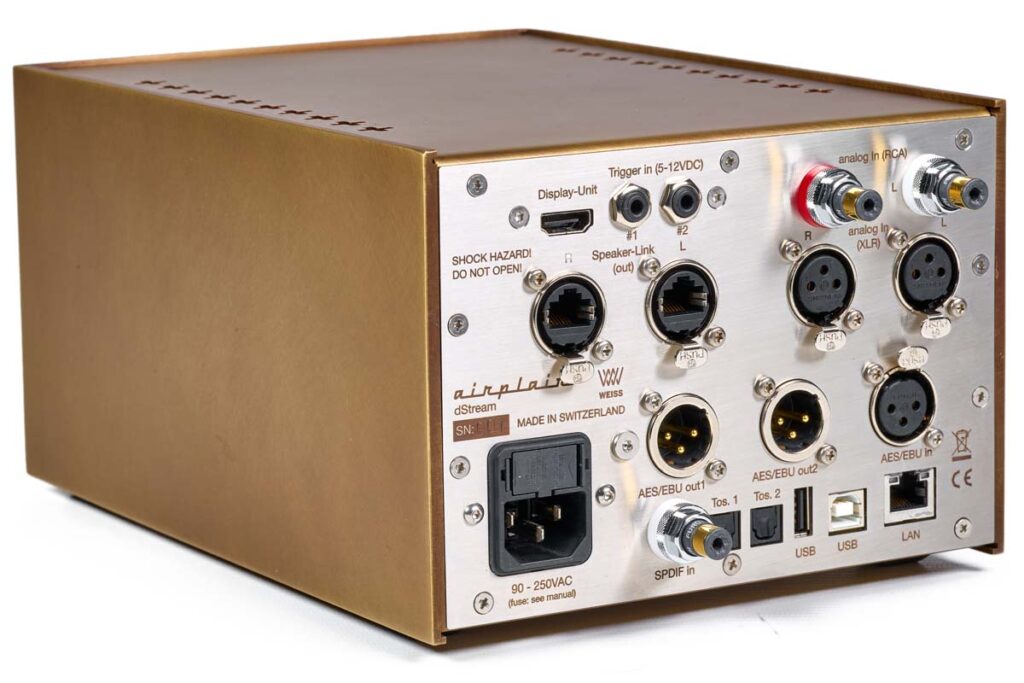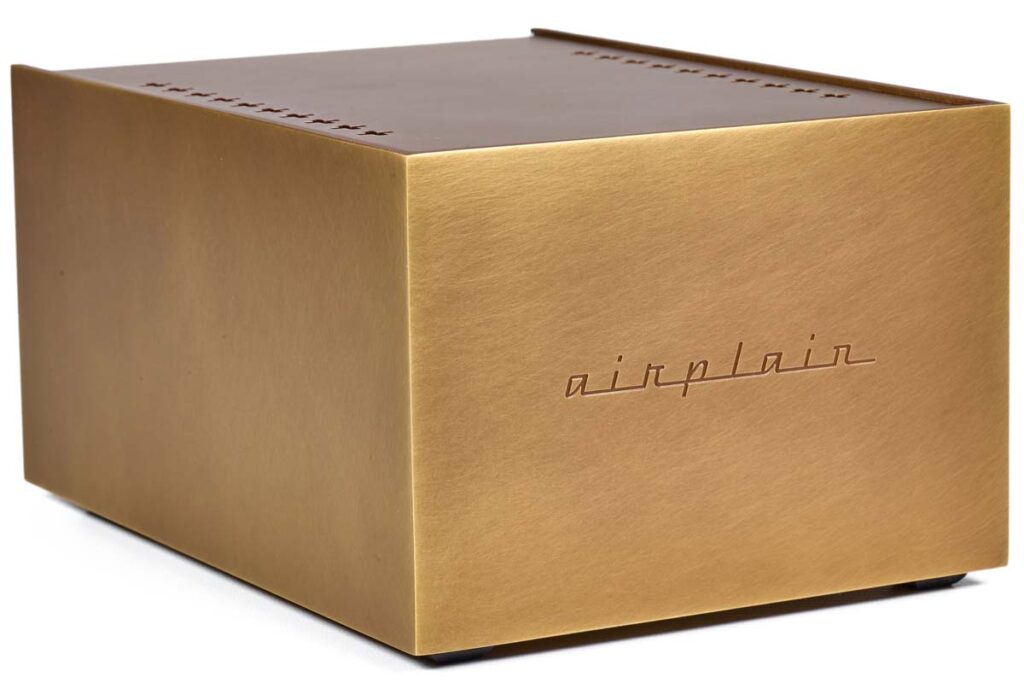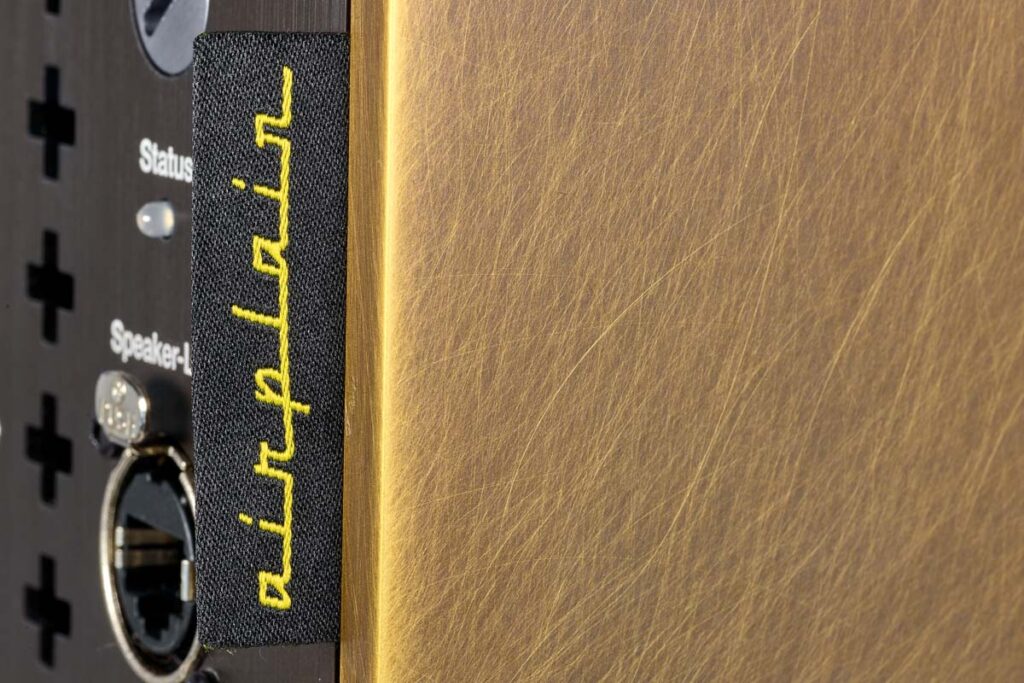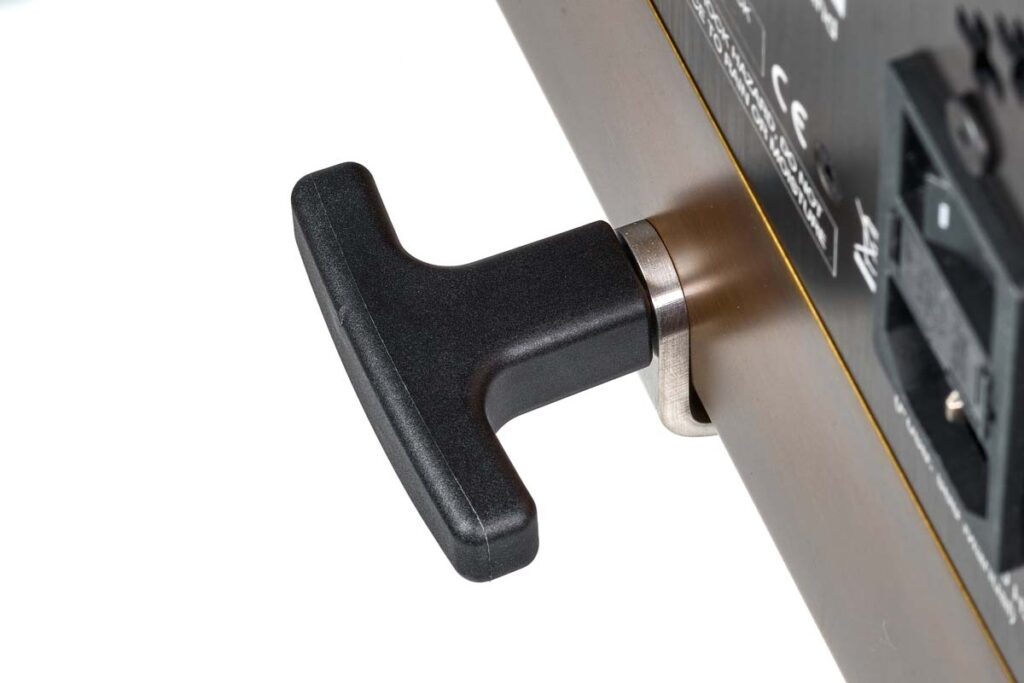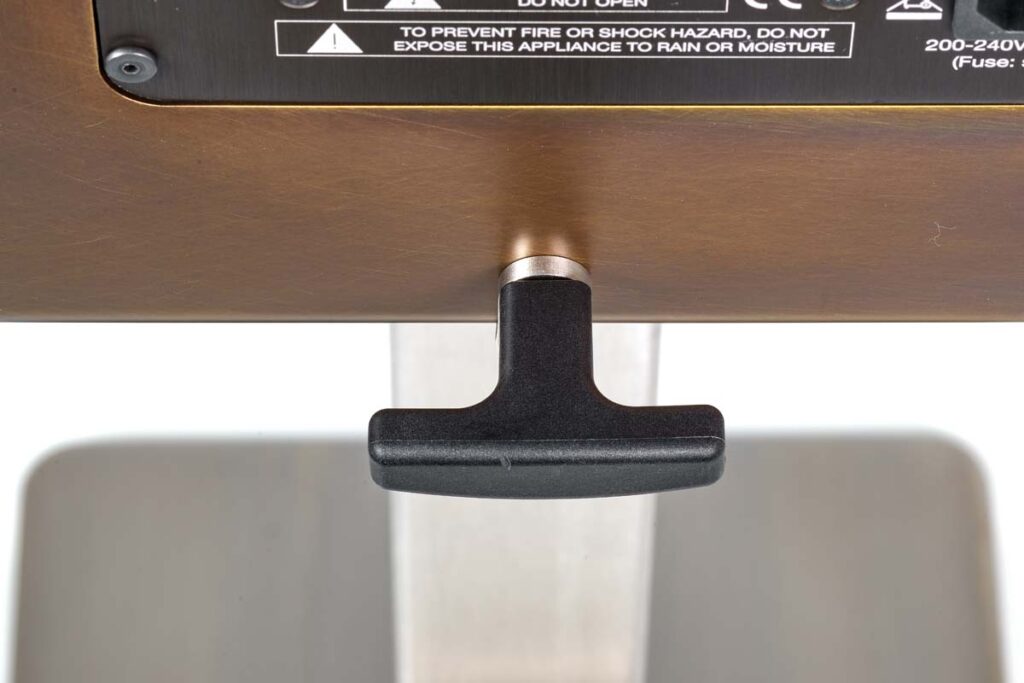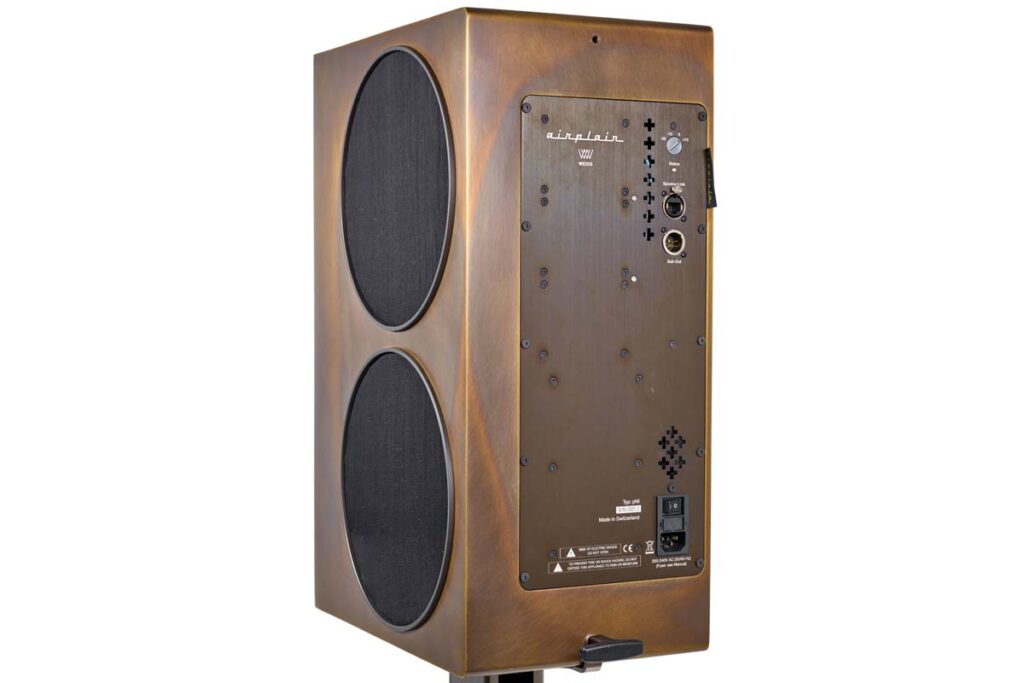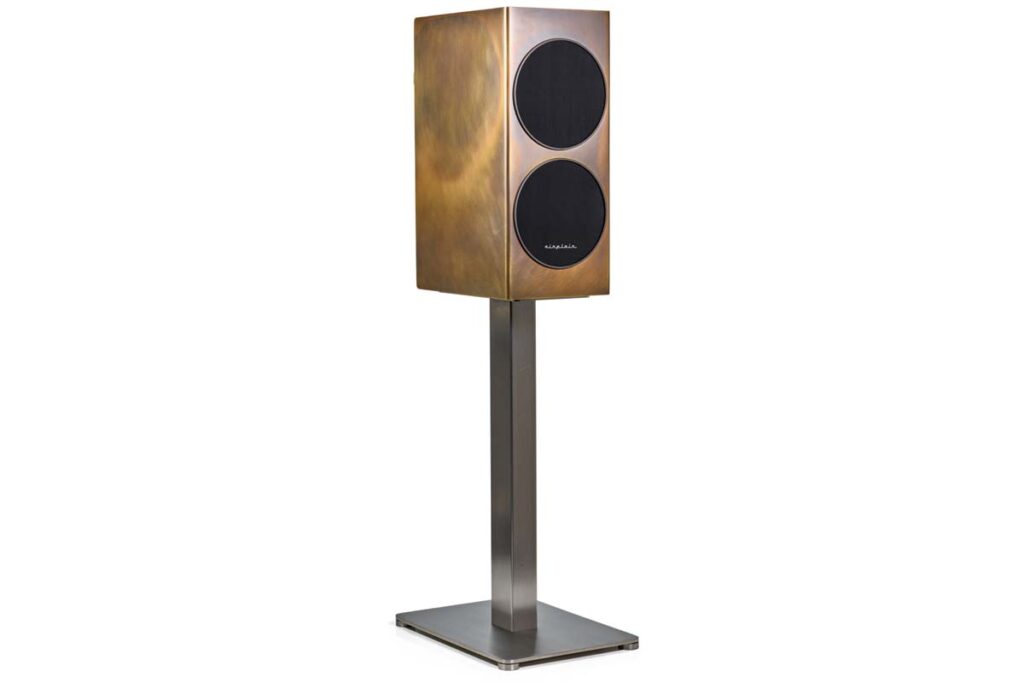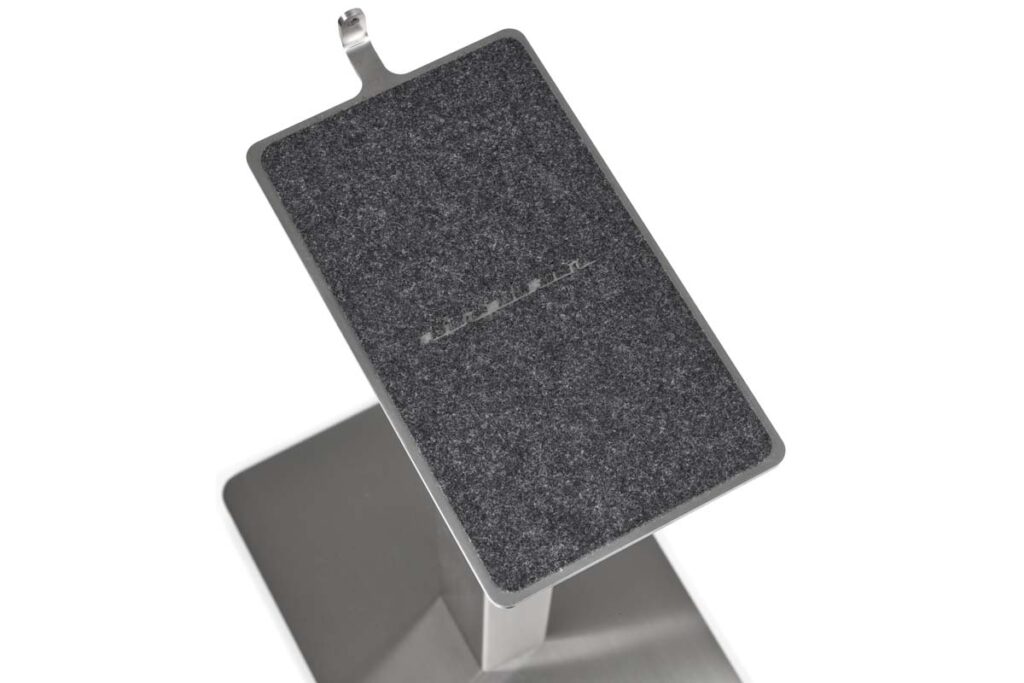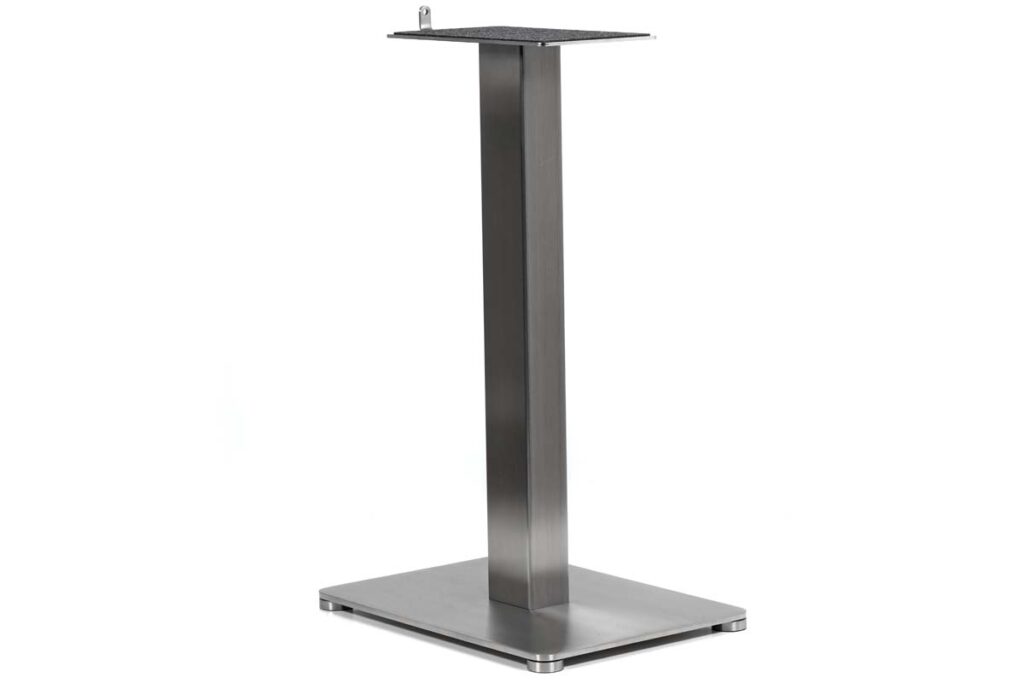Ultimately, everything is just molecules – emotions are highly complex but mathematically reconstructable pile-ups among myriads of quantum particles. The airplain phli* WEISS edition impressively demonstrates how you shoot straight to a music lovers’ heart with meticulous calculation.
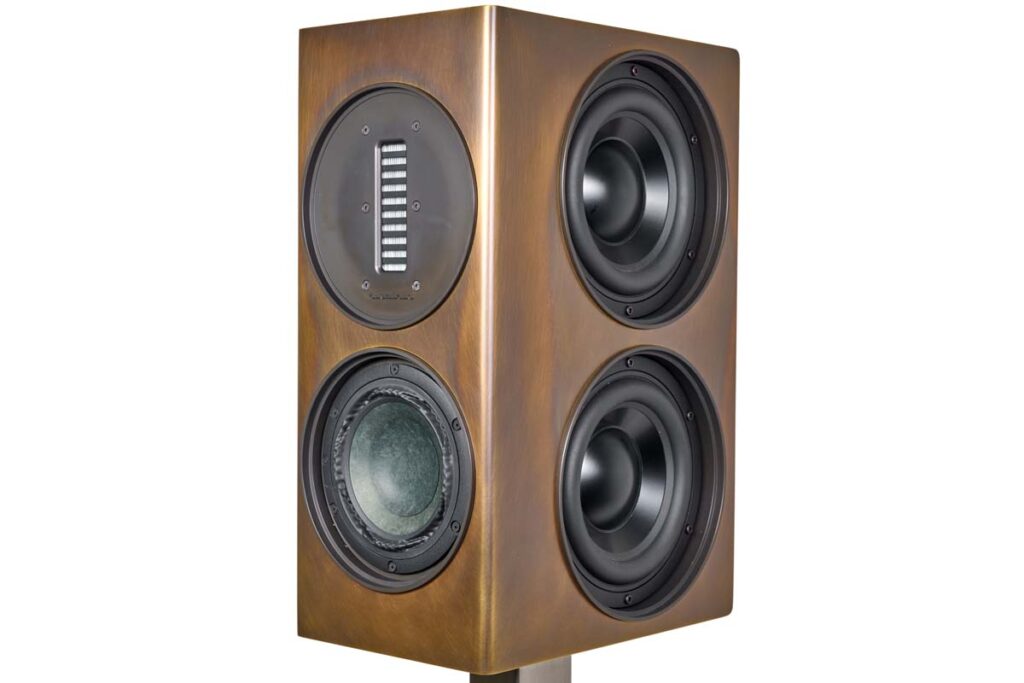
We’re all familiar with the cliché: Switzerland means clockworks, and clockworks symbolize incorruptible precision. I don’t want to get too caught up in stereotypes here, but to a certain extent, the airplain phli does seem to confirm the expectation. For instance, the stated design goal was not particularly good sound; what the developer first and foremost aimed for was reproducing the music signal without the slightest error. And that’s a sensible approach – if the recording is right, its flawless reproduction will almost inevitably result in good sound as a logical consequence. It’s really just putting the cart before the horse. The fact that developer Thomas Flammer takes a perfectionist approach becomes clear to us from the very first encounter: the speakers aren’t even out of the box yet when he already starts making himself at home in our listening room armed with a measuring microphone and a laptop. We don’t get to listen to a single note until the speaker’s frequency and time response have been linearized to perfectly suit the listening position.
Now, this is far from the first time we’ve heard about technically flawless music reproduction, and there are some manufacturers who come pretty close to this ideal. DSP-controlled active loudspeakers are definitely state of the art, but by no means unprecedented. So, if that were all there was to it, we would be looking at an impressive, but ultimately somewhat interchangeable speaker. Fortunately, however, you can tell at first glance that reducing the phli to its technical perfection alone would mean doing it great injustice. Let’s put the technology aside for the moment, then, and take a closer look at these Swiss gems.
Art installation
With their dimensions, the phli just about pass as standmount loudspeakers, albeit with the apparent density of two massive blocks of marble. If I now describe them as “cuboidal cabinets with four drivers each”, you might assume that the speakers look pretty normal – but far from it! Rarely have we had something so striking in our listening room. The finish alone – instead of the usual lacquers or wood veneers, it sports a completely seamless, burnished brass surface. If you prefer a classic look, you can of course also order them in a lacquered finish – or realize more unusual ideas: If the customer so desires, the phli can also come gold-plated. To our skeptical question whether this would integrate well into a tastefully furnished living room, Flammer diplomatically answers, “There is a market for it”.

In any case, we think the version in our listening room looks sensational. The artificially aged metal surface gives the compact speakers a sculptural look. A stylish piece of furniture that also happens to make music – not entirely unlike a Devialet Phantom in its approach, but much more spectacular and made to a much higher standard. The design literally appears to have been cast from a single mold: as we walk around the speakers (and trust me, you will also marvel at them from all sides when you have them in front of you), we discover no joints or screws along the edges; the housing is completely welded. The same finish can be seen on the streaming unit, which can be connected to a whole range of possible sources and can be either proudly displayed on the rack or discreetly placed in the background as desired: As an HD display would look out of place on the monolithic little box, the display has simply been designed as a separate unit; a kind of umbilical cord provides the contact and thus gives the user a decent amount of freedom when placing the streamer. I, for one, leave the streaming hub on the rack, not only because of the matching finish, but also because the two rows of Swiss cross-shaped ventilation holes on the surface look so cute. The display comfortably fits right in front of the hub and is a sight in itself with its black fabric covering, through which the large red dot-matrix display shines.
Hard facts
Of course, the solid construction is not just for looks: The four drivers take up a considerable amount of the surface area. Two side-mounted 22-cm bass drivers with a maximum excursion of 12 millimeters manhandle the internal volume; bass reflex ports are sought in vain – Flammer has designed his phli for realistic living environments, and in his mind, nothing beats the gentle, controlled bass roll-off of a sealed box system. Of course, the cabinet has to be able to handle the pressure built up in this way – and it remains as quiet as a church mouse. And this is where we need to pause for a moment: If you bear in mind that the tweeter and midrange drivers each have their own enclosed cabinet compartment with a volume of 3.5 liters, there is surprisingly little room for the two long-throw bass drivers. Luckily, Flammer worked in aircraft maintenance in a previous life. The metal housing, reinforced on the inside with a special honeycomb structure, is a design borrowed from this area – trickle-down from the airliner into the living room, so to speak. However, the odd detail has been optimized specifically for audio applications: The crossbars for additional reinforcement, for instance, would be considered rather impractical in an airplane cabin, but in the phli they effectively counteract the elemental forces unleashed by the woofers. For the housing material, a chrome steel alloy was chosen instead of aluminum, which is also popular in the audio sector. The reason for this is simply its higher density, which results in lower permeability, particularly towards low frequencies.
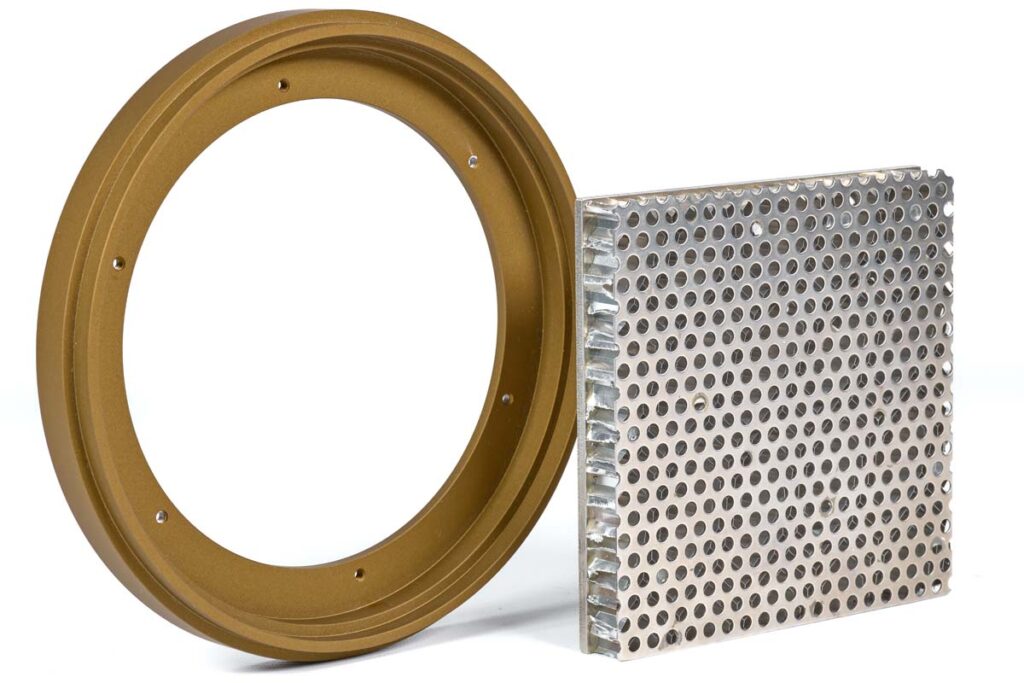
If you can do without that last bit of stage depth, you can place the phli quite close to the wall without the lower registers buckling thanks to the non-ported design plus room correction. The front is shared between an 18-centimeter midrange driver, which, like the two basses and the three Eigentakt amplifiers, is sourced from Purifi, and an AMT tweeter, a largely in-house designed model developed especially for the phli. The effort had to be made because perfect timing was one of the main development goals. This is easiest to achieve with a single driver, so Flammer wanted to build a speaker that could cover as wide a frequency band as possible with a single driver. The tweeter is capable of reproducing frequencies down to around 400 hertz without significant distortion or resonance – a driver capable of meeting this requirement was simply not available on the market. Accordingly, the electronics only hand over frequencies up to around 600 hertz to the midrange driver, and in this range it shows practically no measurable misbehavior. The clever and highly customizable DSP algorithms that control the three 400-watt Class D power amplifiers per side – one for each path – take care of everything that remains.
Ear candy for distinguished tastes
Immediately after calibration and setup, the phli impressed us with their remarkable transient response. This can be tons of fun, especially with electronic pieces. In Ken Ishii’s “Game Over” (Sleeping Madness), the drivers follow the constantly abruptly stopping and restarting beat made up of drum samples without the slightest hint of inertia. Fragments of a flowing rhythm covering the entire frequency band, cut to bits with a practically vertical flank, do not build up, but burst into the room, only to dissolve just as abruptly into complete silence moments later.
Properly set up, they also create a soundstage that is best described by the word “right”: height, width, depth and the distances between the individual sound events are lifelike, while every subtly captured background noise hovers in the air as if nailed in place. The key word here, however, is “properly positioned”, as mentioned. Like many – especially closed – systems, the phli reacts sensitively to its placement in the room; the right stage dimensions with a stable and clearly defined center need to be carefully worked out. Once they are calibrated at the determined position, moving the loudspeakers will wreak greater havoc on the sonic balance than you’d expect with passive ones – but that’s just the nature of the beast. If everything is set up correctly, the advantages of the extremely broadband AMT tweeter become impressively apparent: the ratchet in the background of “Mykonos” by the Fleet Foxes (First Collection) has no problems at all in making itself heard within the thick and juicy production and can always be localized down to the millimetre. Even more impressive is the fact that the vocals, guitar and drums are perfectly localized despite being given a rather generous body and populate the room with a credible size and distance to each other.
Next, I sound out the SPL ceiling with Michael Jackson’s “Dirty Diana” (Bad 25th Anniversary). Despite the modest cabinet volume, the four 22-cm bass drivers don’t even begin to break a sweat. The introductory, mighty, wafting synth tone dominates the listening room before it gives way to the impending bassline. Presented with a looming calmness, Jennifer Batten’s guitar plucking is simultaneously pinned down in two different places in the room, announcing the storm that is soon to be unleashed – aaand here comes the point at which I usually lose my enjoyment of the piece, because unfortunately Qobuz only carries the 2012 remaster, which sounds thin and tinny on top. Fortunately, however, the phli gives me every opportunity to help myself. I know, I know, equalizers are bad – and I don’t use them on properly produced recordings. But a shelf filter that lowers the frequency range above 6 kilohertz by, say, 1.5 decibels, can in so many cases be the difference between unbearable ear bleeding and gripping listening pleasure.
The approach works: The airplain phli builds up musical experiences from an incorruptible foundation. The initial effort involved in setting up and calibrating is not a drawback – the superb technology deserves nothing less, and the customer doesn’t have to do the initial setup themselves anyway. What remains is a musical precision instrument that impresses visually and haptically, disappears acoustically and can be fine-tuned at any time with a handful of mouse clicks if required.
NOT ALL ERRORS ARE MADE EQUAL
If you consider the reportedly almost magical capabilities of DSP-based systems, the question may naturally arise as to why you should put so much design effort into an active loudspeaker as airplain does with the phli. The answer is simple: While DSP can fix many things, it is by no means a miracle cure for everything that goes wrong on the hardware side. Thomas Flammer therefore preceded the development with a thorough analysis of the possible sources of error in a playback system, focusing on the question of which errors can be corrected electronically and which cannot. Uneven frequency and phase response, for example, can be compensated for digitally, as can time alignment issues between the drivers. Errors that cannot be corrected include driver and cabinet resonances or standing waves in the cabinet. In addition, even the best digital signal processing can only influence signals as long as they have not yet left the loudspeaker: Dispersion, edge diffraction or interference between the drivers must therefore be dealt with in the good old physical domain. One example of this is the unusually low crossover point between the tweeter and midrange driver: the wavelengths in the transition area are therefore considerably longer than the distance between the drivers – phase-related cancellations are therefore not an issue.
Thanks to DSP magic, development can focus uncompromisingly on eliminating all uncorrectable errors; the clever electronics take care of the rest. airplain obtains the DAC and DSP solutions for this from none other than professional audio luminary Daniel Weiss. The high, mid and low frequencies are each controlled by a Class D power amplifier with its own DSP module. This eliminates the need for a conventional crossover, and thanks to FIR (Finite Impulse Response) filtering, not only the frequency response but also the phase response can be smoothed out – the phli is phase linear from 100 hertz upwards.
And with that, the possibilities of digital signal processing aren’t even exhausted yet: the almost unlimited possibilities for intervention also allow for room correction as well as the adjustment of the sound characteristics to personal listening tastes. For this purpose, the customer has access to a fairly powerful configuration tool via his PC. A parametric equalizer can be used to modify the sound to taste on the clearly laid out user screen. The software also offers other functions familiar from the studio sector, such as a de-esser with adjustable Q value and amplitude, while the optional vinyl emulator lets Daniel Weiss’ signature shine through.
DSP also opens up another option that would be inconceivable with a passive system: if better drivers become available in the future, the phli can be upgraded: The processor allows the drivers to be precisely matched to the cabinet using programmable filter functions. So when airplain upgrades its phli, customers have the option of having their own model brought up to date.
Accompanying Equipment
CD player: Audio Note CD 3.1x | Media players: T+A MP 200, Lumin P1 | Preamplifier/DAC: T+A DAC 200 | Power amplifiers: T+A M 200 monoblocks, Luxman M-10x | Integrated amplifier: Aavik I-580 | Speakers: DALI Epicon 6, Monitor Audio Platinum 100 3G, Wilson Audio Sasha DAW | Cables: Ansuz, WestminsterLab, HMS | Racks: Finite Elemente, Creaktiv
Active speaker system airplain phli WEISS-Edition
Concept: Active, DSP-controlled 3-way standmount loudspeaker with streaming module | Driver complement: 1 x AMT tweeter, 1 x 18 cm midrange driver, 2 x 22 cm woofers | Amplifier power: 3 x 400 W per channel | Dynamic range: > 110 dB | Frequency response: 20 Hz to 30 kHz | Crossover frequencies: 100 Hz/650 Hz | Speaker inputs: 1 x four-channel AES/EBU (RJ45) | Speaker outputs: 1 x sub-out (XLR), 2 x AES/EBU (each separately adjustable) | Streaming unit inputs: 1 x AES/EBU, 1 x XLR analog, 1 x S/PDIF, 2 x Toslink, 1 x RJ45 (LAN), 1 x USB B, 2 x Trigger | Streaming unit outputs: 2 x four-channel AES/EBU (RJ45) | Special features: FIR-based DSP crossover, EQ for room calibration and frequency response adjustment with storable user profiles | Finishes: Lacquered white or black, RAL colors, brass, copper, silver, gold (24 carat), choice of wood veneers, choice of leather, others on request | Dimensions (W/H/D): 23/53/35 cm | Weight: 38 kg | Warranty period: 10 years, electronics 5 years | Pair price: around 54 000 €
airplain acoustics ltd.
Kemptpark 3/5
8310 Kemptthal
Kemptthal, Switzerland
Phone +41 52 5111318
hello@airplain.ch


